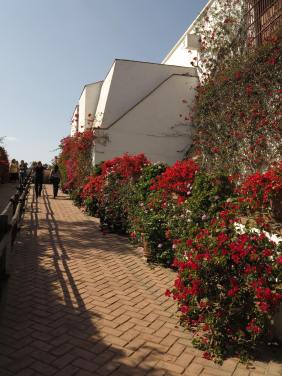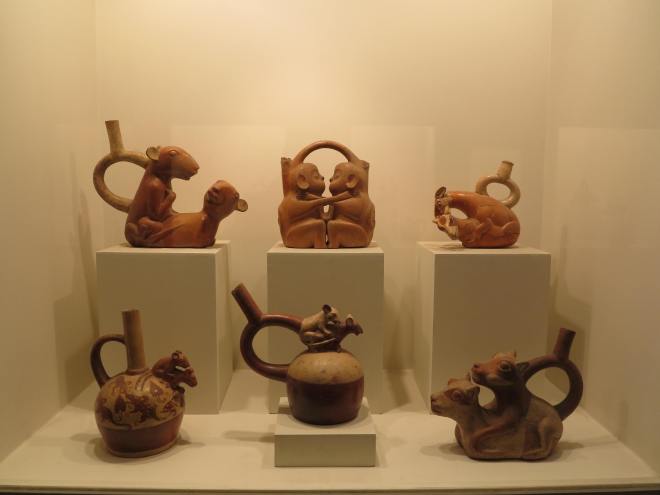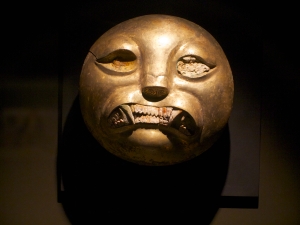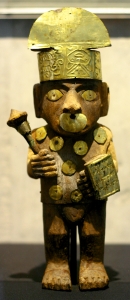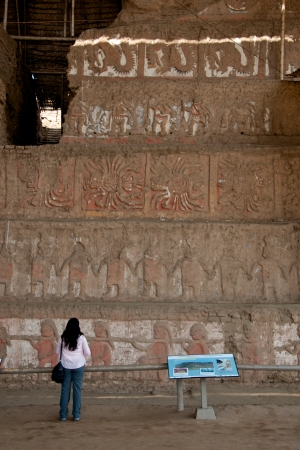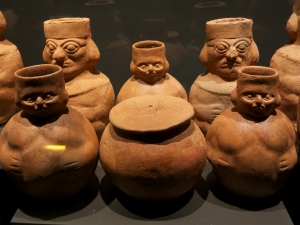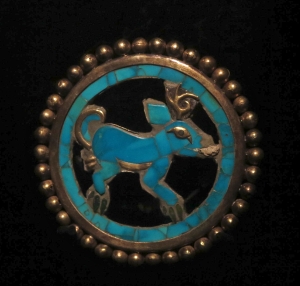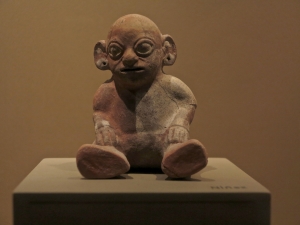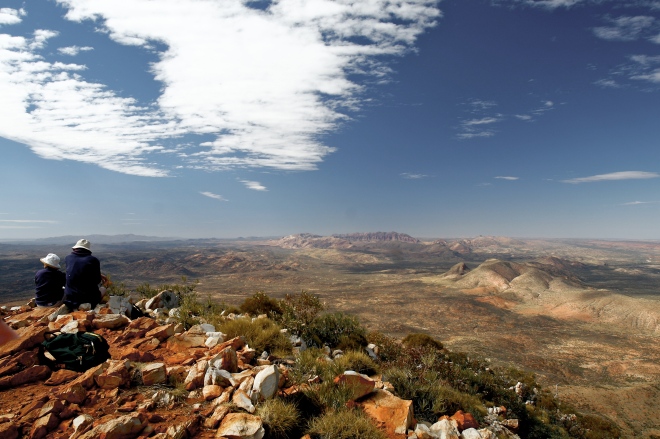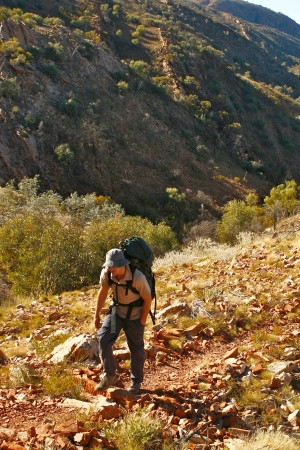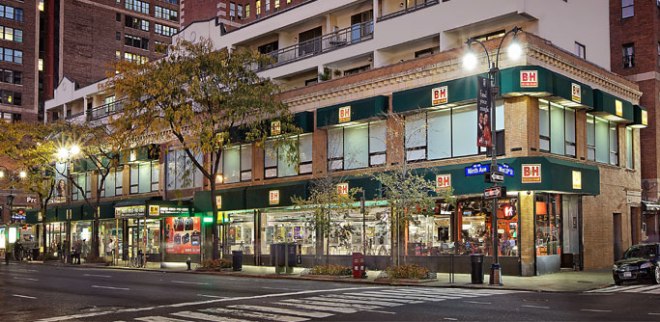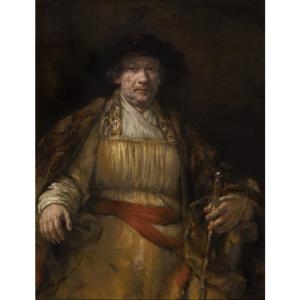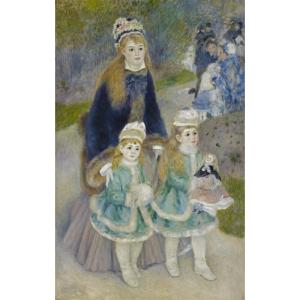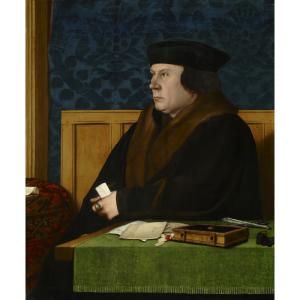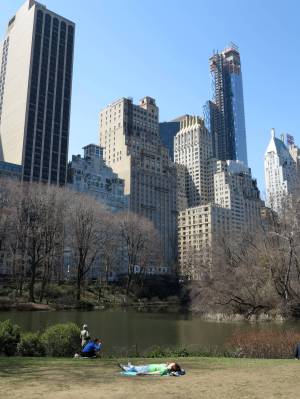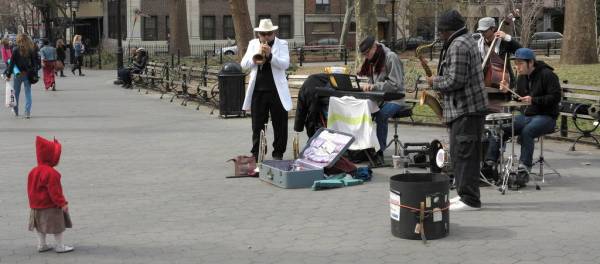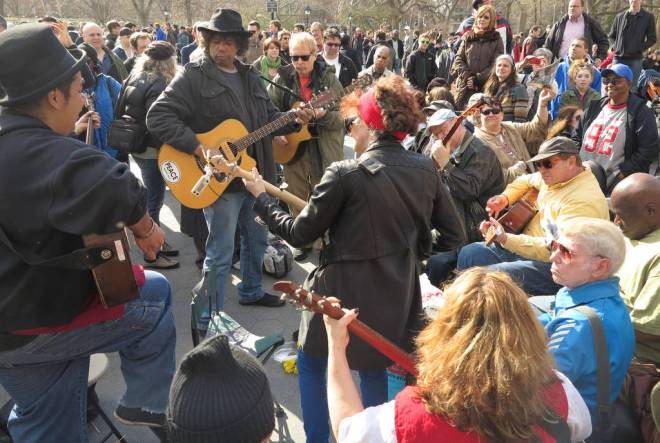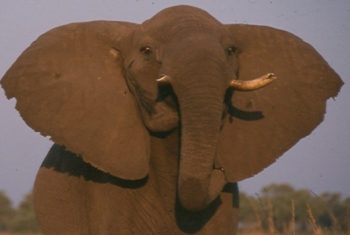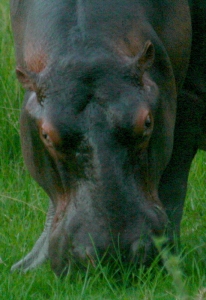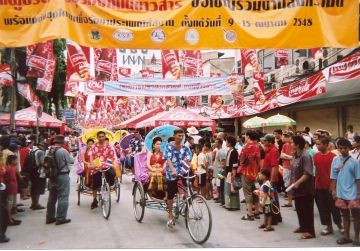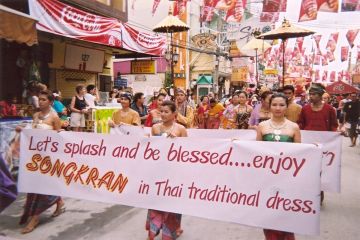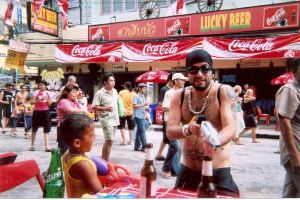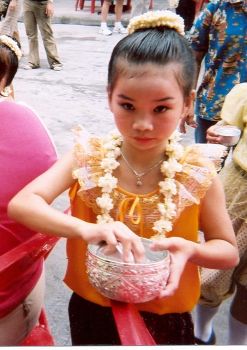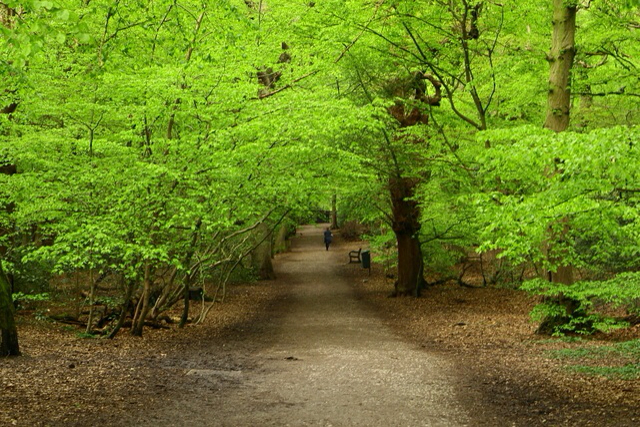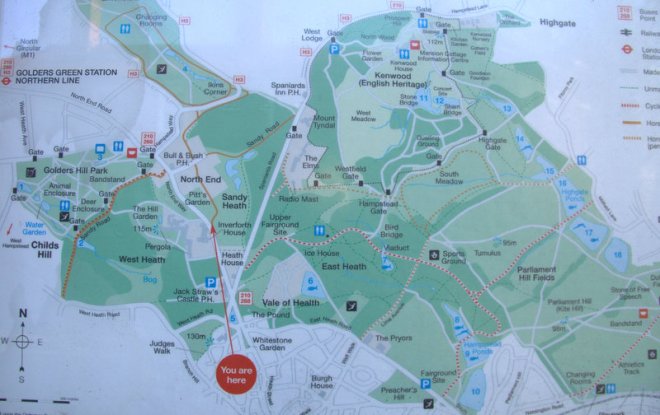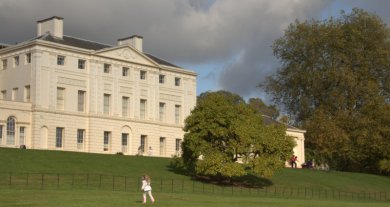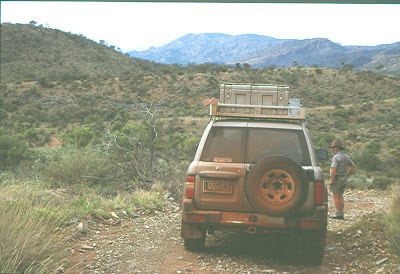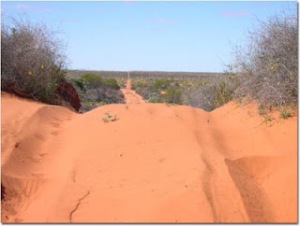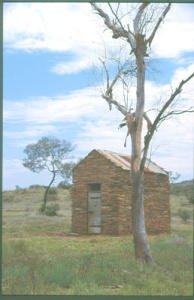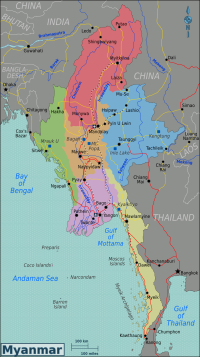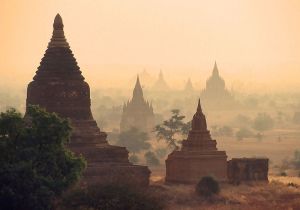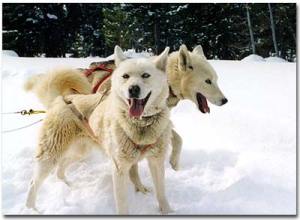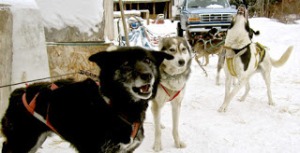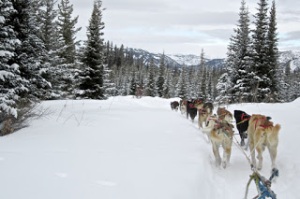Gigantic sprays of glorious flame-red bougainvillea festoon the wall beside the brick ramp leading to the main entrance of the privately-owned Larco Museum, in the Pueblo Libre district of the Peruvian capital, Lima.
This museum ranks on top of the city visitor wish list …. and now I know why.
Given that the main emphasis of my trip has been to explore the little known wonders of northern Peru, meaning the uncovered glories of the ancient Moche civilisation, I can’t imagine a more suitable location for a fine lunch to complete my brief time here.
The Larco Museum occupies a grand 18th Century mansion that, itself, was built on the site of a 7th Century pre-Columbian pyramid.
But wait, there’s more ….
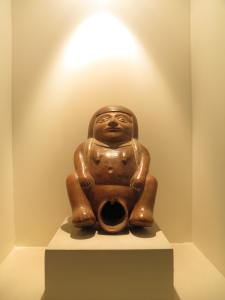 The Museo Arqueológico Rafael Larco Herrera – it’s full name in Spanish – is feted worldwide for the finest collection of pre-Columbian art in Peru. This superb accumulation of treasures includes a fabulous wealth of intricate gold and silver masks, ornaments and jewellery.
The Museo Arqueológico Rafael Larco Herrera – it’s full name in Spanish – is feted worldwide for the finest collection of pre-Columbian art in Peru. This superb accumulation of treasures includes a fabulous wealth of intricate gold and silver masks, ornaments and jewellery.
Not only that. The museum is also home to the most intriguing assemblage of erotic pottery dating from those ancient days. This extraordinary collection, an eye-popping celebration of fertility, tells me that life all those centuries ago wasn’t as dry and arid as the land in which the civilisation thrived.
I am also able to wander through the museum’s storage facility and see shelf after shelf of amazing archeological treasures the museum simply doesn’t have space to display. I’m told this storage space holds a jaw-dropping 45,000 pieces!
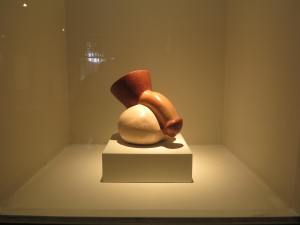 After exploring all the displays in the museum’s galleries, and once my jaw has resumed it’s normal state, I am presented with tantalising prospect of a leisurely lunch enjoyed amid the idyllic setting of the splendidly-tended Larco gardens, this fine repast accompanied – strictly for the purposes of research, of course, by a refreshing pisco sour, which is the national alcoholic treasure.
After exploring all the displays in the museum’s galleries, and once my jaw has resumed it’s normal state, I am presented with tantalising prospect of a leisurely lunch enjoyed amid the idyllic setting of the splendidly-tended Larco gardens, this fine repast accompanied – strictly for the purposes of research, of course, by a refreshing pisco sour, which is the national alcoholic treasure.
Put a visit to the Larco in Lima down on your wish list as being essential in coming to terms with Peruvian culture …. and getting face to face with fine local cuisine.

